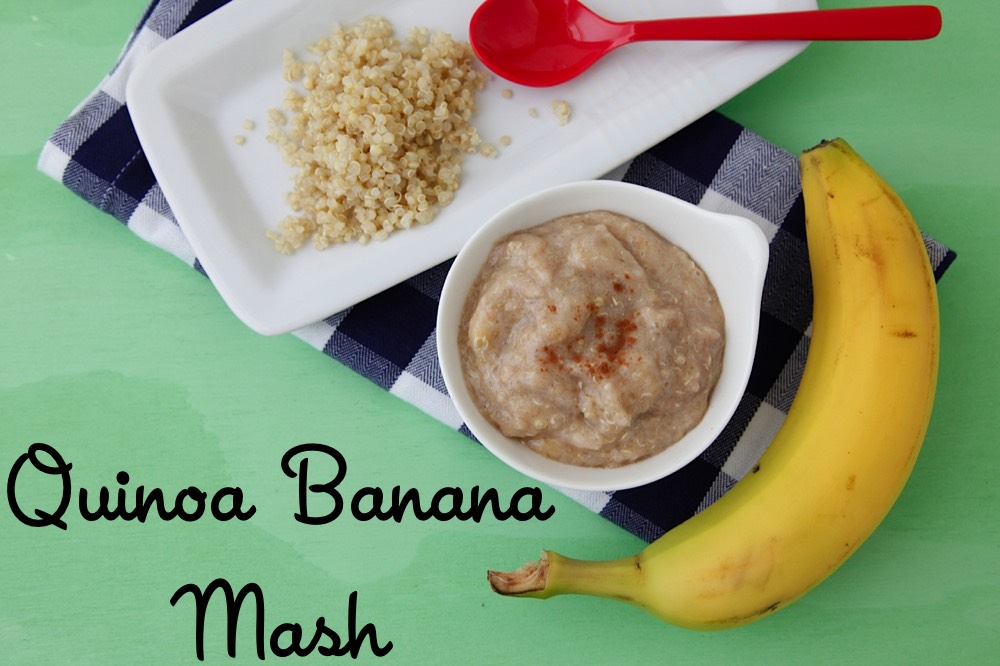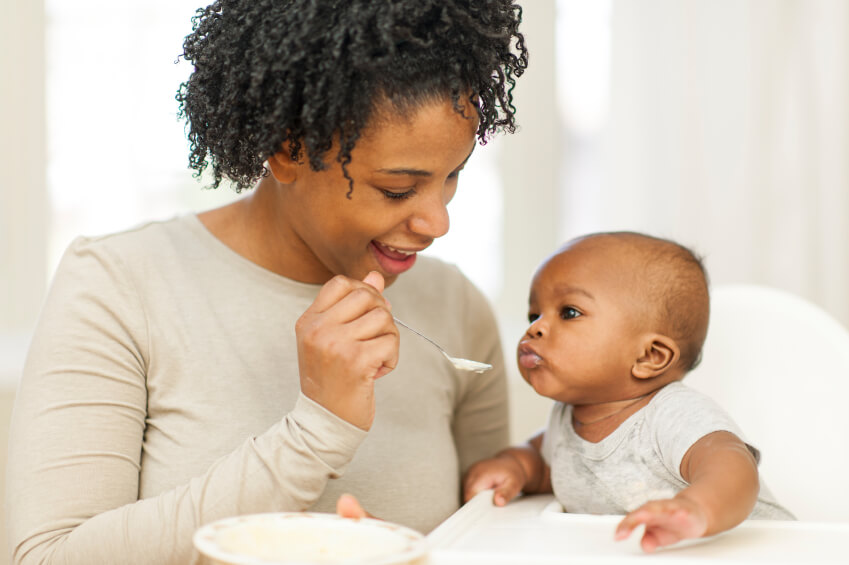As parents, you always want the best for your babies, especially when it comes to their health and nutrition. That’s where the idea of homemade baby food comes in, so you, as parents, can control precisely what you are feeding your child. But is cooking your baby’s food from scratch worth all the hassle?
This is because jarred baby foods are typically cooked at extremely high temperatures to kill off any bacteria to extend their shelf life, according to HealthGuidance. In turn, this eliminates a lot of nutritional value.
As for some of the benefits of making your baby food, WebMD states some advantages:
As a parent, you can know precisely what you are feeding your baby. It can be more economical than buying pre-packaged foods. You get your own choice of fruits, vegetables, and other grains for purees, instead of relying on the flavors chosen by manufacturers. You can get your baby used to eatting the same food as the rest of the family — just in puree form. – WebMD
In addition to the nutritional components, making your baby food doesn’t require a ton of specialized equipment either. A small food processor or blender can do the deed just fine. You don’t have to be a master chef to make your baby food, sis.
Opting for homemade over store-bought also allows moms and dads to feed their little ones a plethora of food options, which hopefully will prevent picky palates from forming in their later years.
The one potential drawback to making your baby food? Storage space. Homemade baby food does not have an extended shelf life because the ingredients are fresh and perishable, so anything prepared needs to be stored in the fridge. If you don’t have space, or would prefer to make bigger batches without the waste, there’s a trick for that too. Just look for recipes that can be frozen for a little while.
Having a few kitchen staples on hand can make the process that much easier. Try using versatile fruits and vegetables such as bananas, pears, avocados, and cooked carrots, as well as infant cereal, like oatmeal or barley that you can make a bunch of flavorful combos with.
Now, on to some fun starter recipes to start with, courtesy of Healthline.
4-6-month-olds
Baked sweet potato purée, courtesy of Annabel Karmel.

Photo: Annabel Karmel
Most adults know the health benefits of eating sweet potatoes, They are chock full of vitamins, antioxidants, and fiber, so it only makes sense that your baby can benefit from them too. A smooth purée with a touch of water or your baby’s milk makes for a yummy and nutritious first food.
Ingredients:
– 2 medium-sized sweet potatoes
Directions:
1. Preheat the oven to 400 F.
2. Clean your potatoes and prick with a metal skewer(or fork if you have it).
3. Place on a baking tray and roast for roughly 45 minutes or until wrinkled and tender.
4. Remove from the oven, cut the potatoes in half, scoop out the insides and puree in a food processor until smooth.
View the full recipe here.
7-9-month-olds
First spinach with white yams, courtesy of Smitten Kitchen.

Photo: Smitten Kitchen
The combination of spinach and yams yields a hearty dose of calcium, iron, vitamin A, and folate to your baby’s diet. The yams add a hint of sweet to create a pleasant introduction to greens. I don’t think your little ones will be spitting this one up sis.
Ingredients:
– 1/2 pound fresh spinach, stemmed and washed
– A half-pound yam (white) peeled and cut into a 1/2 to 3/4-inch dice
– 1 1/2 cups water or sodium-free vegetable stock
Directions:
1. Bring the yams to boil about 1 1/2 cups of water or stock of your choosing
2. Bring heat to a simmer and cook the yams for roughly 10 minutes
3. Layer in the spinach and cook it until both the yams and spinach are very tender
4. Let the mixture cool and purée it in a food processor or blender. This should yield about 3 to 4 cups of purée.
View the full recipe here.
9-12-month-olds
Quinoa banana mash, courtesy of Weelicious.

Photo: Weelicious
Quinoa is a protein-packed grain that makes a great addition to your growing baby’s diet. This adds an exciting new texture to the banana mash, an ingredient that your baby probably already loves.
Also, try serving cooked quinoa by itself to your baby. The roasted seeds stick to the baby’s fingers, which makes it a natural food to eat.
Ingredients:
– 1/2 banana
– Pinch Cinnamon
– 3 Tbsp cooked quinoa
– 1 Tbsp whole milk yogurt
Directions:
1. Place your banana in a bowl and mash.
2/ Add in the remaining ingredients and stir to combine.
3. Serve fresh.
View the full recipe here.
Here are some other tips and suggestions from Healthline for making baby food.
Early eaters only need about 1 to 2 tablespoons of food, so keep portions small.
Keep a lookout for allergies, especially when feeding your child foods that contain common allergens like eggs, peanut, wheat, soy, fish, and shellfish."
New evidence shows there is no benefit in delaying introducing these foods beyond six months or to adding foods in any particular order.
And if you are itching for even more recipe options, courtesy of Healthline, check them out here.
Ready. Set. Boss. Our daily email is pouring out inspiration with the latest #BlackGirlBossUp moments, tips on hair, beauty and lifestyle to get you on track to a better you! Sign up today.
